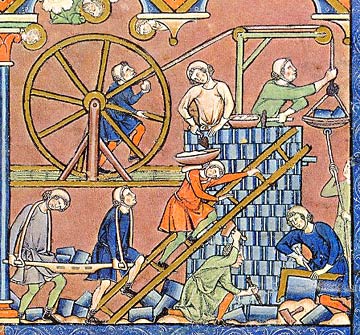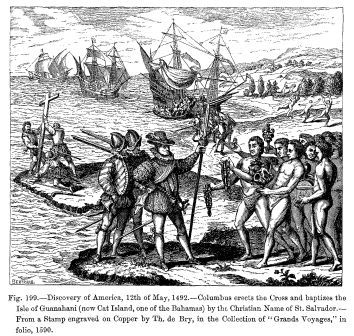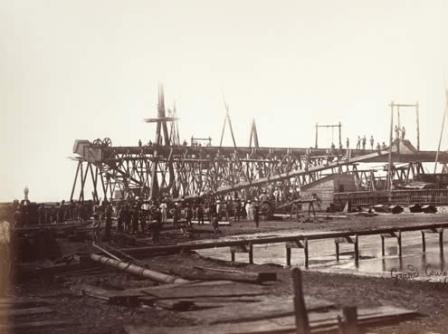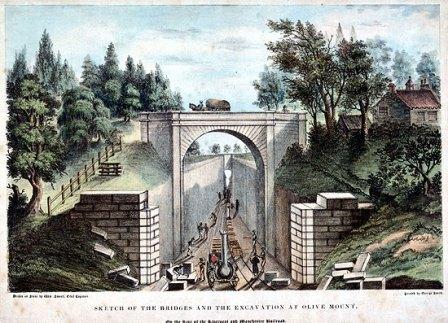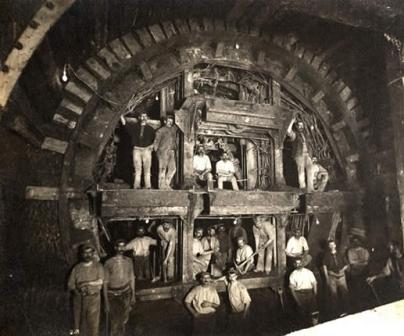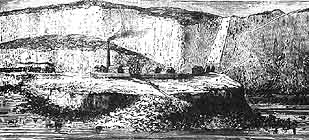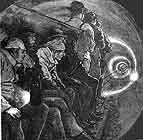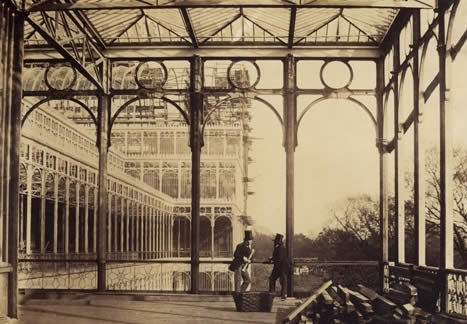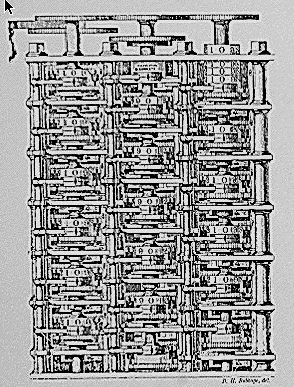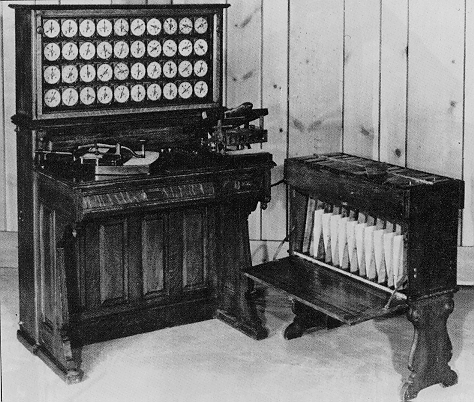
Great Projects from the Past
Introduction - Why List these Great Projects?This page is dedicated to great and memorable projects of the past. The projects were compiled as research for the publication The History of Project Management, that began in 2005. The projects are grouped into categories. The lists are all subjective and based on the preference of the authors of the site. If you have a project that you think should be listed please let us know.
So How do you Define a Great Project?A project that is successful beyond all expectations, a ground breaker, a catalyst for change, and for other projects to follow in its footsteps. It is recognized as a great achievement, or a clear first in achieving a specific objective.
Criteria used for Determining a Great ProjectA project has to be discernable as a project, rather than a program, with a clear objective upfront, predefined by a degree of planning, and led by a recognized leader (project manager). It has to be brought in an specific time frame, and has likely faced many challenges along the way (like the lack of key resources or physical obstacles) for it to be an achievement.
Project CategoriesThe projects have been divided into the following categories to avoid comparing dissimilar projects:
Great Structural Projects (historical)This category covers ancient wonders and structures like the pyramids, buildings, and towers including the Seven Wonders of the Ancient World. The list is very subjective as few of these wonders (the project output) remain today, and the details about the projects are scant and only now coming to light through archaeology (see Giza Pyramid). The Seven Wonders of the Ancient World include:
The most astonishing fact about these projects is the scale of the deliverable (the construct itself) considering the main resource available was human capital. Other significant projects include:
Great Projects Related to TransportationThis category covers structures related to transportation like routes (canals, roads, rails) and the dependent structures like bridges and tunnels. There is a clear evolution in scale and scope of these structures over time, sometimes in very short periods like that of the First Industrial Revolution. CanalsAlthough canals have been around for thousands of years they became a primary form of transport at the outset of the industrial revolution in the UK (circa 1750). Through a relatively short period of time canals transformed commerce in the UK. Initially, built using laborers, the advent of mechanized equipment like steam shovels changed the approach. Within a century canal building had evolved to the point were significant canals were attempted in strategic locations around the world. Notably, this included the Suez Canal, then the Panama Canal at a huge cost, and the Kiel Canal.
RailwaysAlthough fixed tracks vehicles had been around for hundreds of years railways became feasible when new production techniques allowed the creation of robust cast iron tracks. Railways became a primary form of transport well into industrial revolution in the UK (circa 1820). With the Liverpool and Manchester Railway the main objective was to reduce the costs of transporting raw materials and finished goods between Manchester, the centre of the textile industry and Liverpool, the most important port in the north of England.
BridgesThe following structures were required as part of transportation revolution during the First Industrial Revolution.
TunnelsThe following structures were required as part of transportation revolution during the First Industrial Revolution.
The Atlantic Avenue Tunnel, was built in seven months in 1844. Many railways had long tunnels and were also underwater. British engineer Brunel built a footway tunnel under the Thames in 1843, after an 18 year struggle with flooding. Also a submarine telegraph cable was laid across the Straits of Dover in 1851. A 5-mile tunnel was started in 1857 through the peaks of the Alps. By the end of 19th century engineers had much more experience of major tunneling works and major tunnel constructions continued with the expansion of the London underground (under construction below circa 1898). Today the system length is 408 km (253 mi) with 12 lines, 275 stations, and a daily ridership of 2.67 million. After many false starts engineers began boring trial tunnels on the Channel, from both sides in 1881. Both the French and English sides had improved tunnel boring machines. Tunnel construction was abandoned by the English with a fear of a French invasion amongst the British military. Serious work was not started by both sides till 1987, and the fixed link was opened in 1994, nearly 2 years late, and way over budget. It measures 50 km (31 mi).
BuildingsThe following structures were highly innovative during the Industrial Revolutions.
Dams
Towers
Great Engineering ProjectsThis category covers various machines that pushed emerging technologies to the limit to achieve a first. Typically, there were several competing inventors/scientists who leveraged other inventions and scientific breakthrough before them. Often it was difficult to determine a clear first in achieving a specific objective as there may be several competing projects which created a similar end deliverable simultaneously, for example, the telephone or first powered airplane (flight).
Great Expedition or Journey ProjectsThis category covers extraordinary journeys.
|
|

